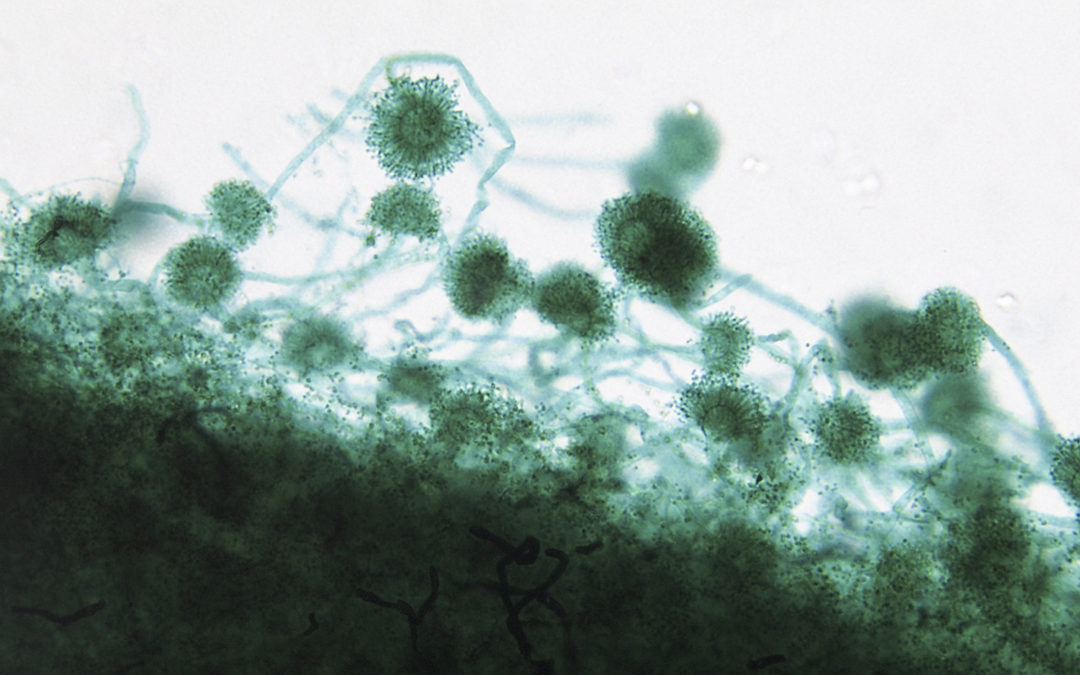Mold is a major concern in Florida but often times, many people are unaware of the types of mold that they may be faced with. here is a list of the more common types of mold.
Alternaria
One of the more common molds found indoors and outdoors is alternaria. Alternaria usually appears in areas that are damp like the sink, shower, or dark and dimly lit areas outside the home. Health problems associated with alternaria include asthma attacks and allergic reactions.
Aspergillus
Another common indoor mold is aspergilus. This mold incredibly common and does minor damage to those that inhale it. Severe reactions include respiratory infections, allergic reactions, and inflamed lungs.
Aureobasidium
The aureobasidium mold is most often found on wooden furniture, surfaces, painted walls and wallpaper as well as around windows and in caulk. If you notice a spotty substance that is pink and black in color in those areas, it’s probably this type of mold. Since aureobasidum is so common, most people do develop allergic reactions to it and it has been known to cause more severe reactions than other molds.
Chaetomium
Chaetomium mold is found in drywall that has experienced water damage. People typically identify its presence when they smell a musty or old odor in their home.
Cladosporium
Homeowners often find the cladosporium mold inside both cool and warm areas like carpet, wood floorboards, wooden cabinet and older fabrics. Being around the cladosporium mold can leave homeowners with breathing problems and respiratory issues.
Fusarium
Fusarium is a mold that tends to grow in colder, wetter areas. The typical homes for the fusarium mold are carpeted areas and similar fabrics. Fusarium can cause the standard allergic reaction as well as respiratory infections and inflammation.
Penicillium
Penicillium is a mold that can found indoors inside insulation, furnishings, water damaged furniture, carpeting and more. Penicillium is known for spreading quickly throughout the home and can cause homeowners to have sinus infections, lung inflammation, as well as allergic reactions.
Stachybotrys Chartarum
Black mold or stachysbotrys chartarum is also called toxic mold. This is due to the fact that this type of mold creates toxic compounds known as mycotoxins. The compounds cause those that breathe the mold in to develop breathing issues, sinus infections, depression, fatigue, asthma attacks and more. This type of mold can be identified by its musty smell and is found in areas that stay damp, like air conditioning pipes and ducts.
Serpula Lacrymans
The serpula lacrymans mold is commonly found outside but can also grow inside on wooden surfaces. This mold leads to dry rot within wood as it feeds solely on wooden surfaces. It’s most noticeable by its yellow appearance.
Trichoderma
Trichoderma is another damp area mold. Homeowners often find the trichoderma mold within damp carpeting, wallpaper and similar surfaces. The harm with trichoderma comes from the production of mycotoxins that can cause sinus infection, allergic reactions, and more.
Ulocladium
The Ulocladium mold is found both outside and inside. Ulocladium is typically found in areas that have been severely damaged by water like in the floors and walls of homes that have experienced a flood. This kind of mold causes many homeowners to develop allergic reactions and infections.


Recent Comments